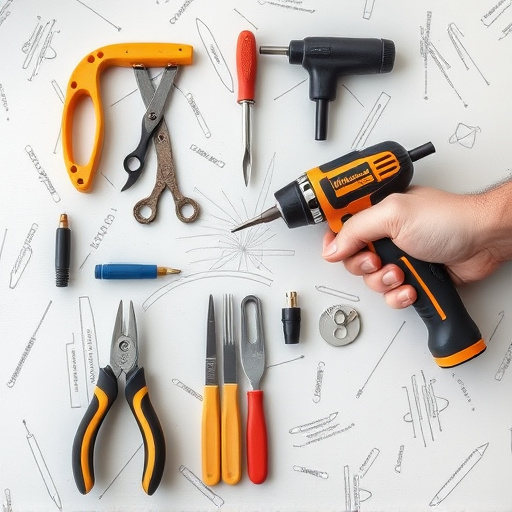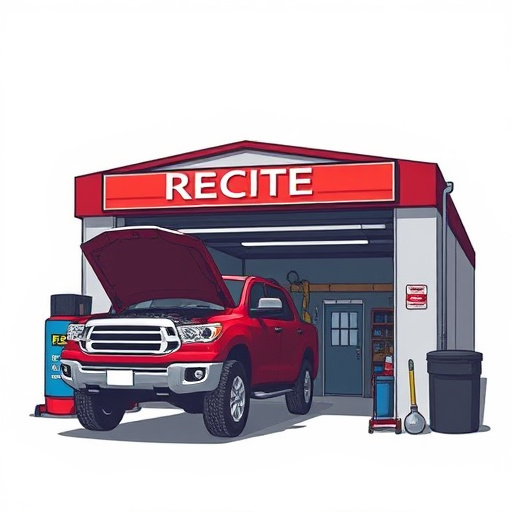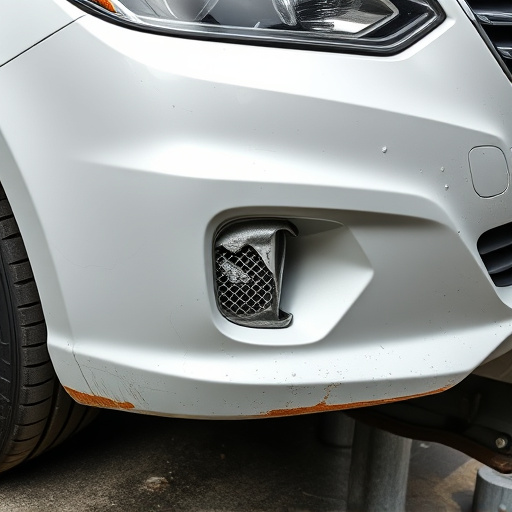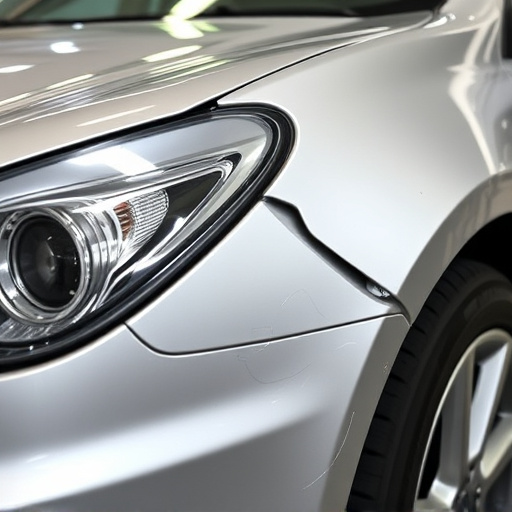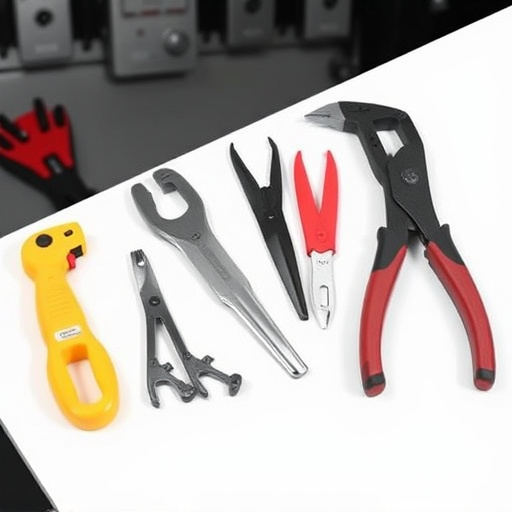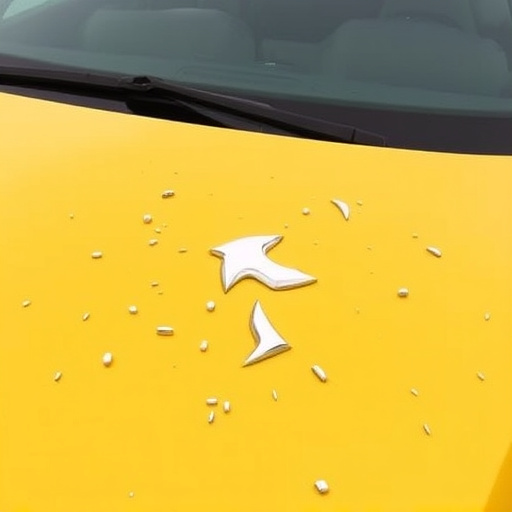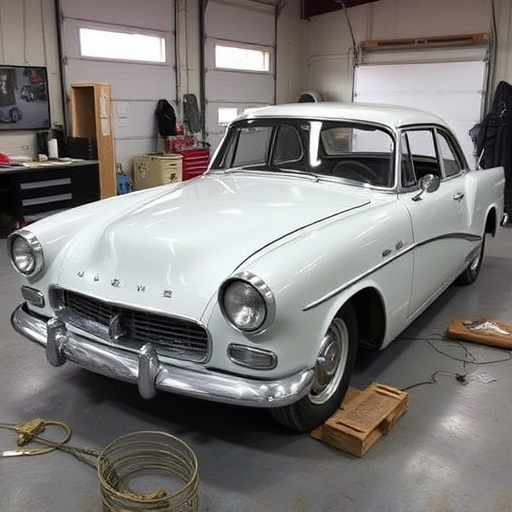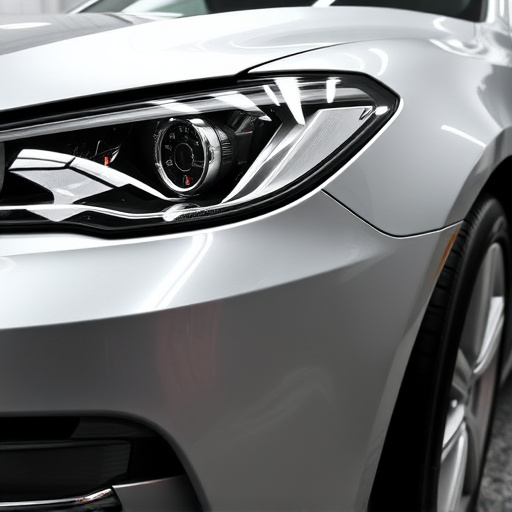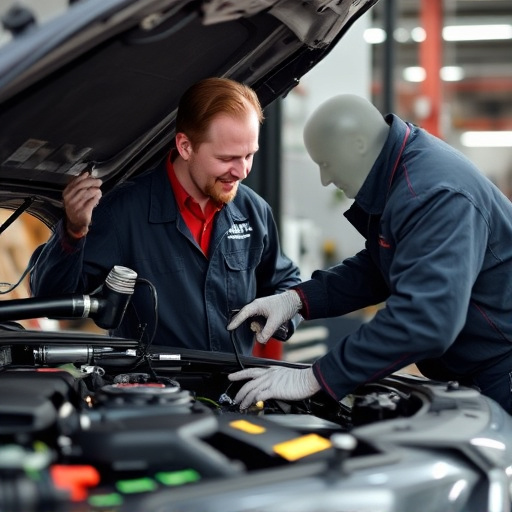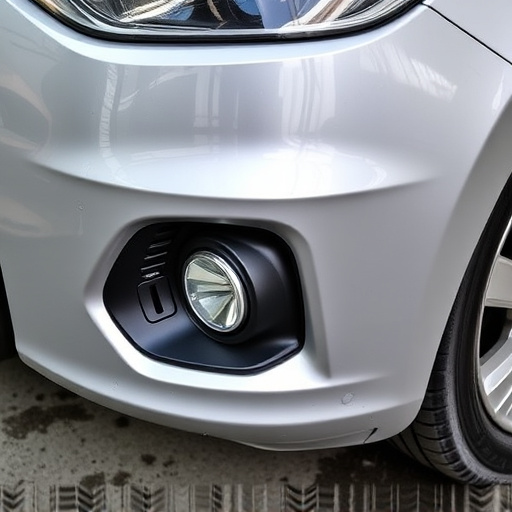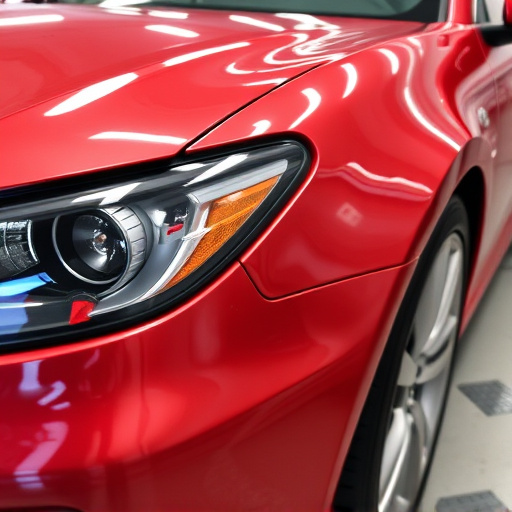Tesla maintains rigorous Tesla accident repair standards for its aluminum and composite materials, prioritizing structural integrity and aesthetic appeal post-collision. Their meticulous process involves comprehensive inspections, precise panel removal, skilled metal straightening, advanced fiberglassing, high-quality paint repair, and specialized equipment to ensure optimal vehicle performance and preserve their signature design. This commitment to quality is vital for passenger safety and the long-term structural soundness of Tesla vehicles.
Tesla vehicles, known for their innovative design, present unique challenges when it comes to accident repairs. This article delves into Tesla’s stringent Tesla accident repair standards for aluminum and composite materials, essential components in their car bodies. We explore the meticulous process involved in repairing these advanced materials, ensuring structural integrity and vehicle safety. Furthermore, we highlight the importance of adhering to manufacturer guidelines to maintain the vehicle’s original performance and aesthetics after an accident.
- Understanding Tesla's Repair Standards for Aluminum and Composites
- The Process of Aluminum and Composite Repairs for Tesla Vehicles
- Ensuring Quality and Safety in Post-Accident Tesla Repairs
Understanding Tesla's Repair Standards for Aluminum and Composites

Tesla, a pioneer in electric vehicle technology, sets stringent repair standards for its aluminum and composite materials, ensuring that any car collision repair is carried out to the highest possible specifications. These standards are crucial in maintaining the structural integrity and aesthetic appeal of Tesla vehicles after an accident. When it comes to auto glass repair or automotive body shop services, Tesla’s guidelines focus on precision and quality.
The company’s aluminum and composite repairs involve specialized techniques due to the unique properties of these materials. Tesla’s repair standards emphasize the use of advanced technologies and original equipment manufacturer (OEM) parts to guarantee that every car collision repair is executed flawlessly. This meticulous approach ensures that vehicles not only function optimally but also retain their distinctive design, making them stand out in the automotive body shop industry.
The Process of Aluminum and Composite Repairs for Tesla Vehicles

The process of aluminum and composite repairs for Tesla vehicles involves a meticulous approach to ensure adherence to the brand’s high accident repair standards. It begins with a thorough inspection to identify damage, followed by the removal of affected panels for detailed assessment. Skilled technicians use specialized tools to straighten and reshape metal while maintaining the vehicle’s structural integrity. For composite materials, a precision-cutting process is employed to extract damaged components, allowing for precise replication using advanced fiberglassing techniques.
These repairs demand a deep understanding of Tesla’s unique manufacturing processes and design aesthetics. Auto body services specializing in these repairs invest in state-of-the-art equipment and training to deliver high-quality vehicle paint repair and restoration. The goal is not just to fix, but to ensure the vehicle retains its original look and performance, living up to Tesla’s reputation for innovation and precision engineering.
Ensuring Quality and Safety in Post-Accident Tesla Repairs

Ensuring quality and safety in post-accident Tesla repairs is paramount to maintaining the vehicle’s structural integrity and performance. Tesla accident repair standards mandate rigorous procedures for aluminum and composite materials, which are prevalent in their modern car designs. These standards involve advanced techniques like precision welding, specialized bonding agents, and meticulous panel alignment to ensure that repaired areas are as strong and reliable as the original factory-built components.
Adhering to these stringent Tesla accident repair standards is crucial not only for the structural soundness of the vehicle but also for passenger safety. Skilled automotive repair technicians must be proficient in handling car damage repair, especially when dealing with lightweight yet durable materials like aluminum composites. Proper restoration techniques, including meticulous paintwork and finishing, help to not only revive the aesthetic appeal of the vehicle but also protect it from future corrosion and damage.
In conclusion, understanding and adhering to Tesla’s strict accident repair standards for aluminum and composite materials is paramount to ensuring the safety and structural integrity of Tesla vehicles. The meticulous process involves specialized techniques and rigorous quality checks to match the precision of the original manufacturing. By prioritizing these high standards, post-accident repairs not only restore functionality but also preserve the vehicle’s overall value and performance, reflecting Tesla’s commitment to excellence in every aspect of their automotive ecosystem.
